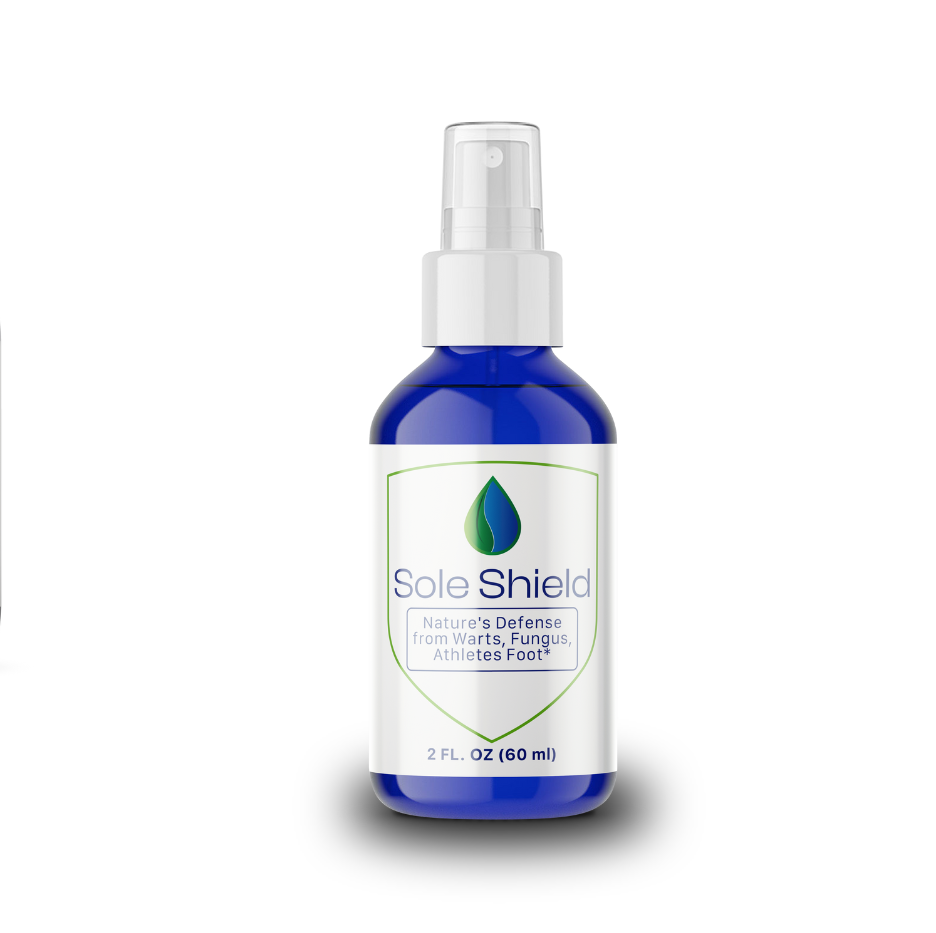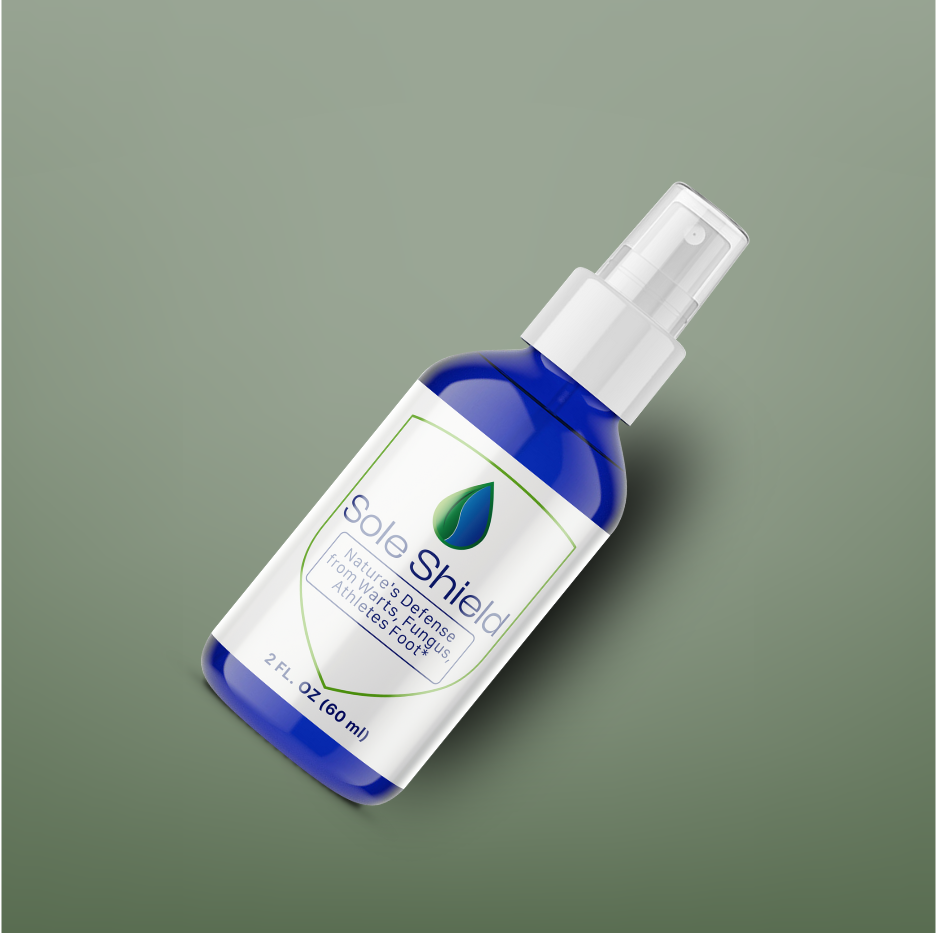
In the realm of healthcare, effective infection control is paramount. Antisepsis, the practice of preventing infection through the use of antimicrobial agents, plays a crucial role in various medical procedures, ranging from minor wound care to complex surgeries. Among the arsenal of antiseptic agents, povidone-iodine (PVP-I) stands out as a stalwart in the fight against pathogens. In this blog post, we delve into the state of the art of povidone-iodine in antisepsis, exploring its efficacy, mechanisms of action, safety profile, and emerging trends in research and application.
Efficacy of Povidone-Iodine:
Povidone-iodine, a chemical complex of polyvinylpyrrolidone and elemental iodine, has demonstrated broad-spectrum antimicrobial activity against bacteria, viruses, fungi, and protozoa. Its efficacy stems from the release of free iodine, which disrupts microbial cell membranes, denatures proteins, and interferes with nucleic acid synthesis. Studies have consistently highlighted the effectiveness of PVP-I in reducing microbial load on the skin and mucous membranes, thereby lowering the risk of infection in both preoperative preparation and wound management.
Mechanisms of Action:
The multifaceted mechanisms of action of povidone-iodine contribute to its robust antimicrobial properties. Upon contact with biological tissues, PVP-I releases iodine in a controlled manner, exerting rapid and sustained antimicrobial effects. Additionally, iodine has been shown to possess anti-inflammatory properties, modulating immune responses and promoting wound healing. Moreover, PVP-I exhibits residual activity, providing prolonged protection against microbial colonization even after application.
Safety Profile:
While povidone-iodine is generally well-tolerated, concerns have been raised regarding its potential for cytotoxicity and allergic reactions. However, extensive clinical experience and research have demonstrated the safety of PVP-I when used according to recommended guidelines. Proper dilution, contact time, and avoidance of mucosal exposure are essential considerations to mitigate adverse effects. Furthermore, advancements in formulation, such as the development of lipid-based carriers, have enhanced the tolerability of PVP-I while preserving its efficacy.
Emerging Trends and Future Directions:
In recent years, there has been growing interest in optimizing the use of povidone-iodine through innovative strategies and formulations. Nanotechnology-based approaches, such as nanoemulsions and nanoparticles, offer promising avenues for enhancing the antimicrobial activity and tissue penetration of PVP-I. Furthermore, research efforts are underway to explore combination therapies leveraging synergistic interactions between PVP-I and other antiseptic agents or antibiotics. Additionally, the role of PVP-I in infection prevention outside of traditional healthcare settings, such as in community-based interventions and personal hygiene products, is being explored.




